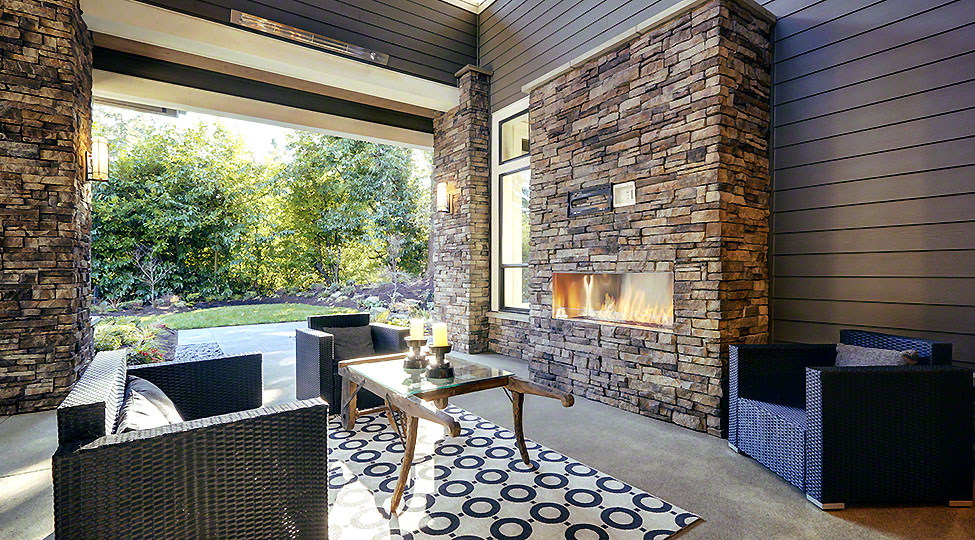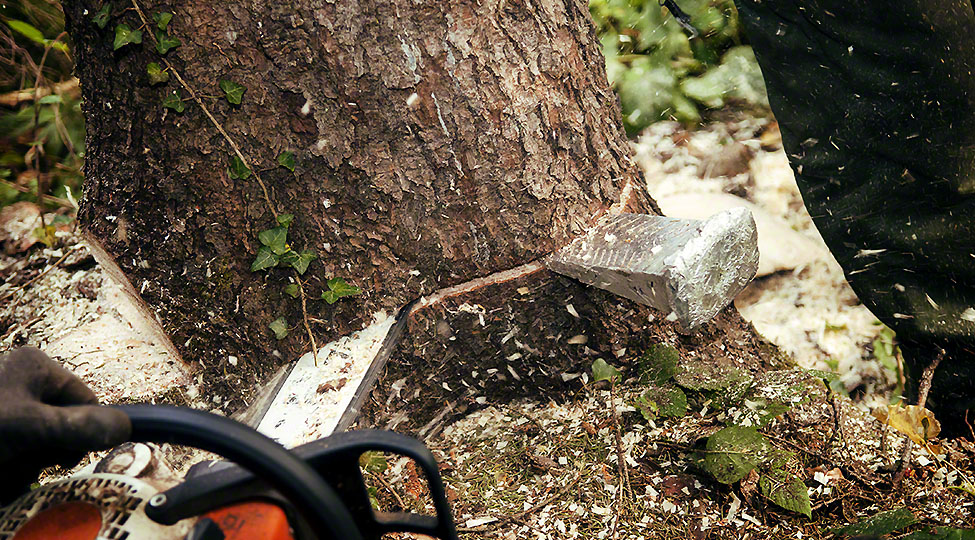When you look at the chimney you feel that it is a fairly simple construction. You see the fireplace, dampers, and chimney. But there is more to it than meets the eye. Let’s talk about two commonly confused components of a chimney which should also be on your list during chimney inspection. The chimney flue and the flue liner.
What Is The Flue Liner?
Here the answer is pretty simple. First, you need to understand what a flue is. Right above your firebox, where you light our fire is the smoke chamber.
This is the place where the smoke enters and is then funneled out of the chimney. The smoke is compacted as it makes its way up through the chimney, with the help of the flue. Then it passes through the chimney crown, and then through the cap, and disperses in the air outside.
Chimney flue is usually made up of clay tiles or metals in some cases.
Earlier homes didn’t have flue liners, but after the 1940s it was normal to have them installed. Since flue liners are an integral part of your chimney’s functioning process, therefore, many states have made it obligatory for all chimneys to have flue liners.
Different Types Of Flue Liners
As mentioned above, typical chimneys have their flues liners made of clay tiles. This is the same clay that your backyard flower pots are made of. Clay chimney liners are by far the best way to offer protection against the chemicals found in smoke. They protect your chimneys from deteriorating owing to the aforementioned factors.
Over time these clay tiles will need to be replaced as they crack and deteriorate. Also, if there is considerable creosote build-up and your chimney catches fire, your clay tiles will crack from the heat and fire.
A useful option to line your chimney is to get a stainless-steel chimney liner. They offer sound protection against heat and smoke and can last you for a handsome two decades. The biggest advantage of stainless-steel liners is that they are durable and don’t crack nor corrode. After its installation, you only need to get it inspected once a year.
What Is Chimney Flue?
Chimney flue is the chamber through which the smoke and hot toxic gases make their way outside. The chimney is the visible standing structure that surrounds the flue. It provides insulation, which reduces the risk of fire hazards. A chimney can have several flues, as many fireplaces can be connected to the same chimney. There is an assortment of sizes and styles for chimney flues, but they require regular maintenance for optimal performance and safety.
Flues are usually made from high-quality heat resistant materials because the emitted gases can be very hot. The surrounding chimney structure gives it an additional fire resistance, and also helps in reducing the heat loss, as the bricks of the chimney heat up when gases and smoke pass through it outside the building.
Tiles, bricks, and ceramics are commonly used in the construction process of chimney flues. Although there is a possibility to use metals also for this purpose.
Why Its Used?
The main objective of the flue is to provide exhaust to the combusted materials so that they may not occupy the room. Usually, the flue emits harmful gases, with minimum heat loss, so that the fireplace remains warm for the people indoors without posing safety threats for them.
As far as the structure is concerned, flue liners are upright and they provide the best outlet for the uninterrupted flow of combustible gases and smoke outside the chimney. As with all construction materials, chimney flue will also deteriorate over time. It will get clogged due to the creosote buildup. In addition to compromising the efficacy of the flue, these materials also pose a serious fire hazard. If they get ignited by sparks, they will result in serious chimney fires which can be very dangerous. For this purpose, they need to be regularly cleaned to avoid any buildup and also to prevent fire hazards.
The flue liners need to be replaced after a couple of decades because the heat and smoke deteriorate the materials. You can call in chimney relining services Columbia MD to replace the flue liners.

